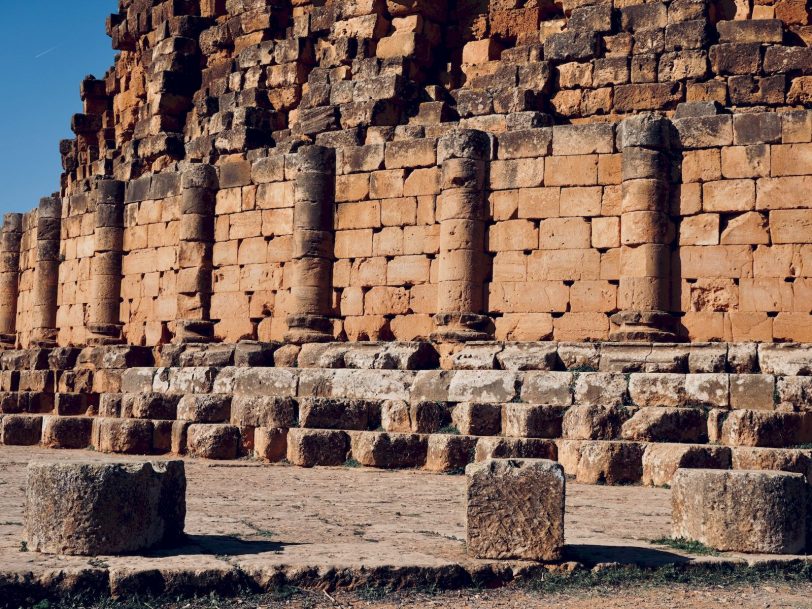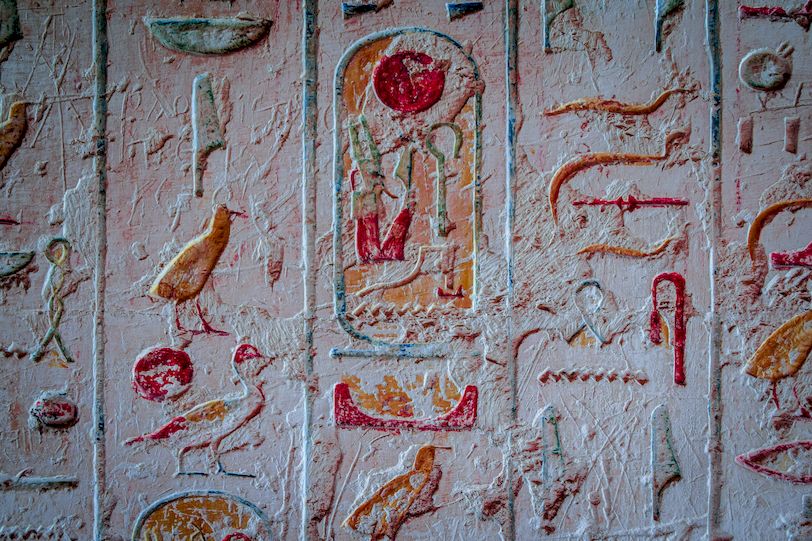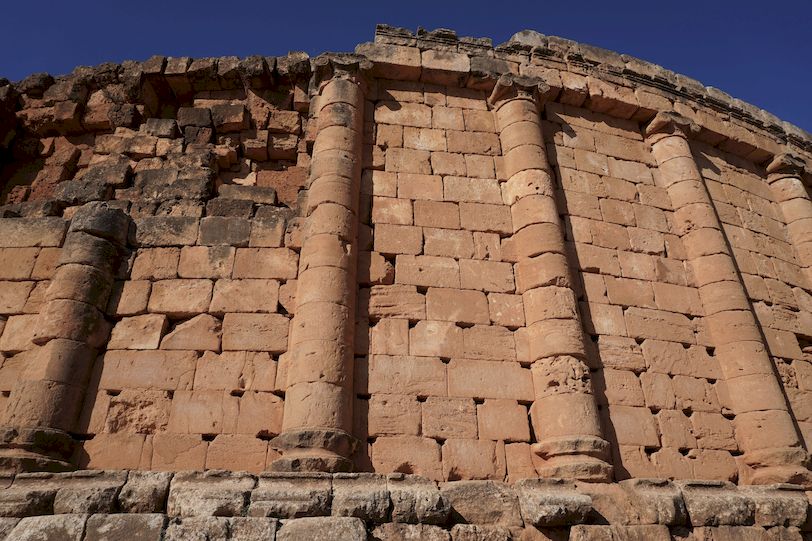Has Cleopatra’s tomb been found?
After more than a decade of research, the archaeologist Kathleen Martínez has found there images and coins with the face and the name of the mythical Egyptian queen: it would be the discovery of the century.

Finding Cleopatra’s tomb would be the find of the century. The last pharaoh of Egypt was a cultured, intelligent woman, impressively attractive and far ahead of her time to such an extent that her figure has become an icon even today. A great diplomat and strategist, she serves as an inspiration to thousands of women today. Among them, the Dominican archaeologist Kathleen Martínez, who has admired this historical figure from a very young age and has dedicated her life to finding her grave. The indications of her, after years of investigation and vacations, suggest that she is about to find her.
His team, financed by the University of Santo Domingo in collaboration with the Egyptian authorities, has discovered an impressive tunnel after excavating several layers of rock under the Taposiris Magna Temple, near the ancient capital of Alexandria and dedicated to Osiris, the god who loves Isis, the Egyptian goddess that Cleopatra personified. Martínez has described this tunnel as “an engineering miracle”: it is 13 meters deep, extends for 1,305 meters and measures another two meters high, as detailed on Thursday by the Ministry of Tourism and Antiquities of Egypt.

Cleopatra would be buried next to her lover, the Roman general Mark Antony. The pharaoh would have negotiated with the Emperor Octavio a special permit for him to be buried in Egypt with the aim of recreating the story of Isis and Osiris, to whom the gods, according to myth, conferred immortality to live together forever. The temple dedicated to Osiris would therefore be, according to the archaeologist, the most appropriate place for it.
Kathleen Martínez has been working in Taposiris Magna since 2005, convinced that it was the way to find the tomb of Cleopatra and Marco Antonio. It began with the greatest eminence in the world in Egyptian archaeology, Zahi Hawass, but he did not share Martínez’s theory: he assured that his tomb could not be there because the ancient Egyptians did not bury themselves in temples, but in pyramids or their own places of burial.
For this reason, when the Dominican found 16 catacombs in Taposiris Magna a year ago, she confirmed that she was on the right track. “It is proof that there is a royal tomb there,” she explains in Heritage Key. In addition, inside the temple she has found numerous images with the name of Cleopatra and Marco Antonio, as well as coins on which the figure of the pharaoh is stamped.

Part of the tunnel, however, is under the waters of the Mediterranean and it is believed that the foundations of the temple would also be. The strong earthquakes that have occurred in the area throughout history would have submerged them. Excavation work will now focus on trying to access that part. Meanwhile, his colleague Hawass, before, as we said, reluctant, has already recognized the excavation as a complete success: “If we discover the tomb… it will be the most important discovery of the 21st century. If we don’t discover the tomb… we have made great discoveries here, inside and out of the temple.”
Undoubtedly, as Kathleen Martínez says, her work on Taposiris Magna has “changed forever what is known about Egyptian mortuary temples.” “This is the perfect place for Cleopatra’s tomb.”